The 100 Best Space Photos of 2018!
Lunar Eclipse Composite
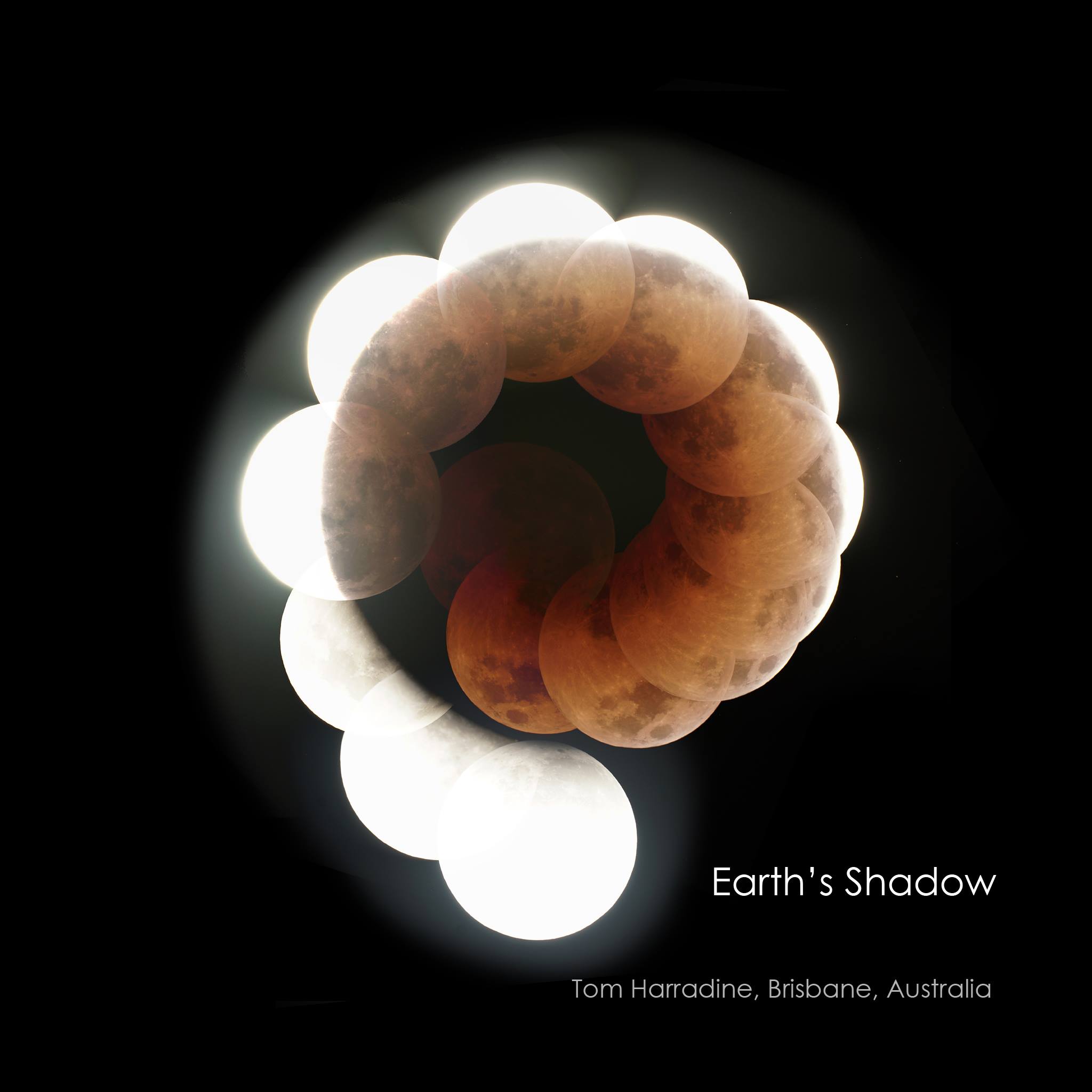
This composite image of the July 27 lunar eclipse, shot from Australia, reveals the Earth's shadow in a whole new way. [Full Story: This Amazing Photo Reveals a Lunar Eclipse Like You've Never Seen It Before]
The Propeller Nebula
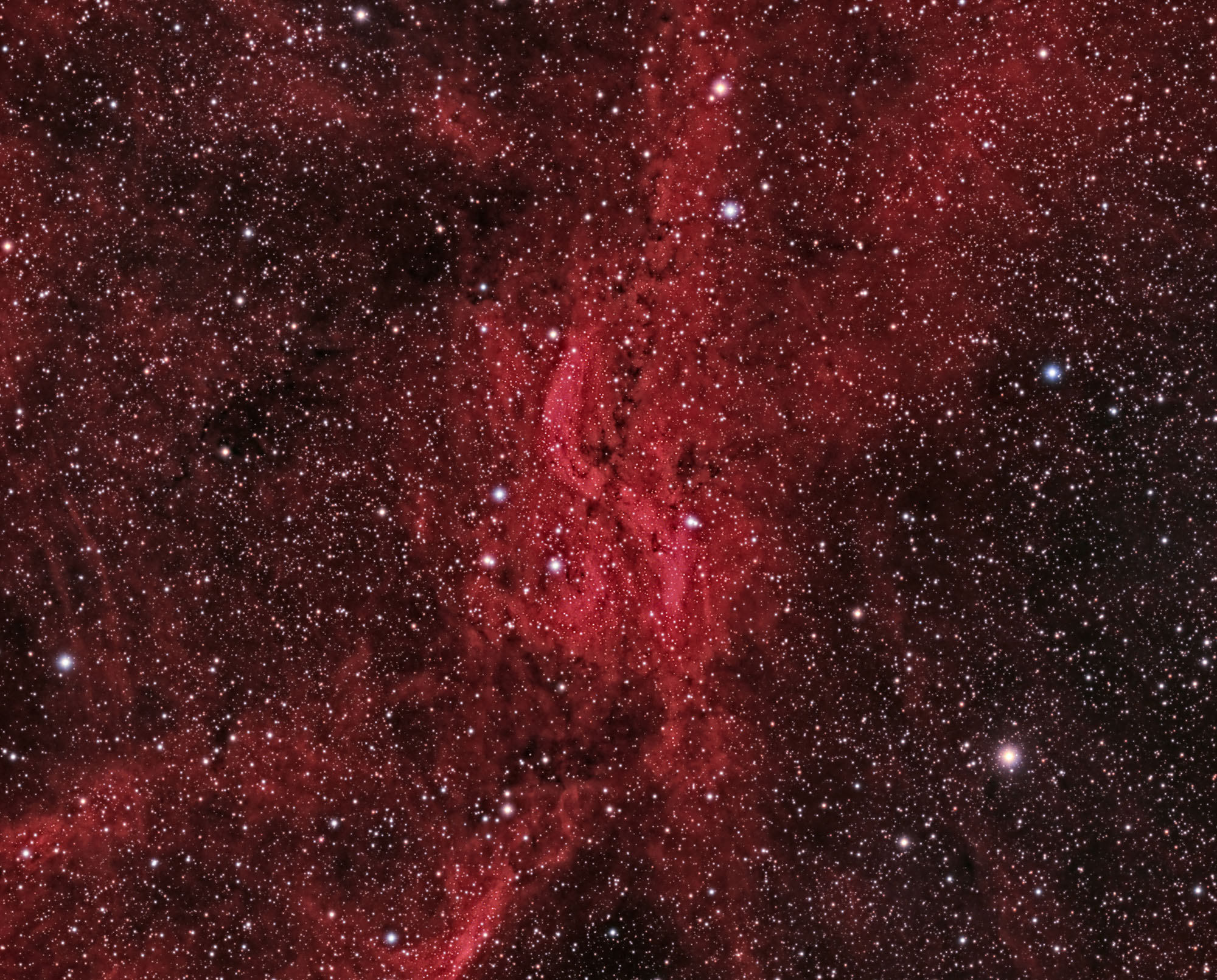
This squiggly, red space cloud is the Propeller Nebula, part of a much larger expanse of glowing hydrogen about 4,500-6,000 light years away from Earth. Astrophotographer Ron Brecher captured this wide-field image of the nebula, which is part of "an extremely rich part of the Milky Way, which is why it is chock-full of stars,” Brecher said.
Mercury, Venus and the Moon
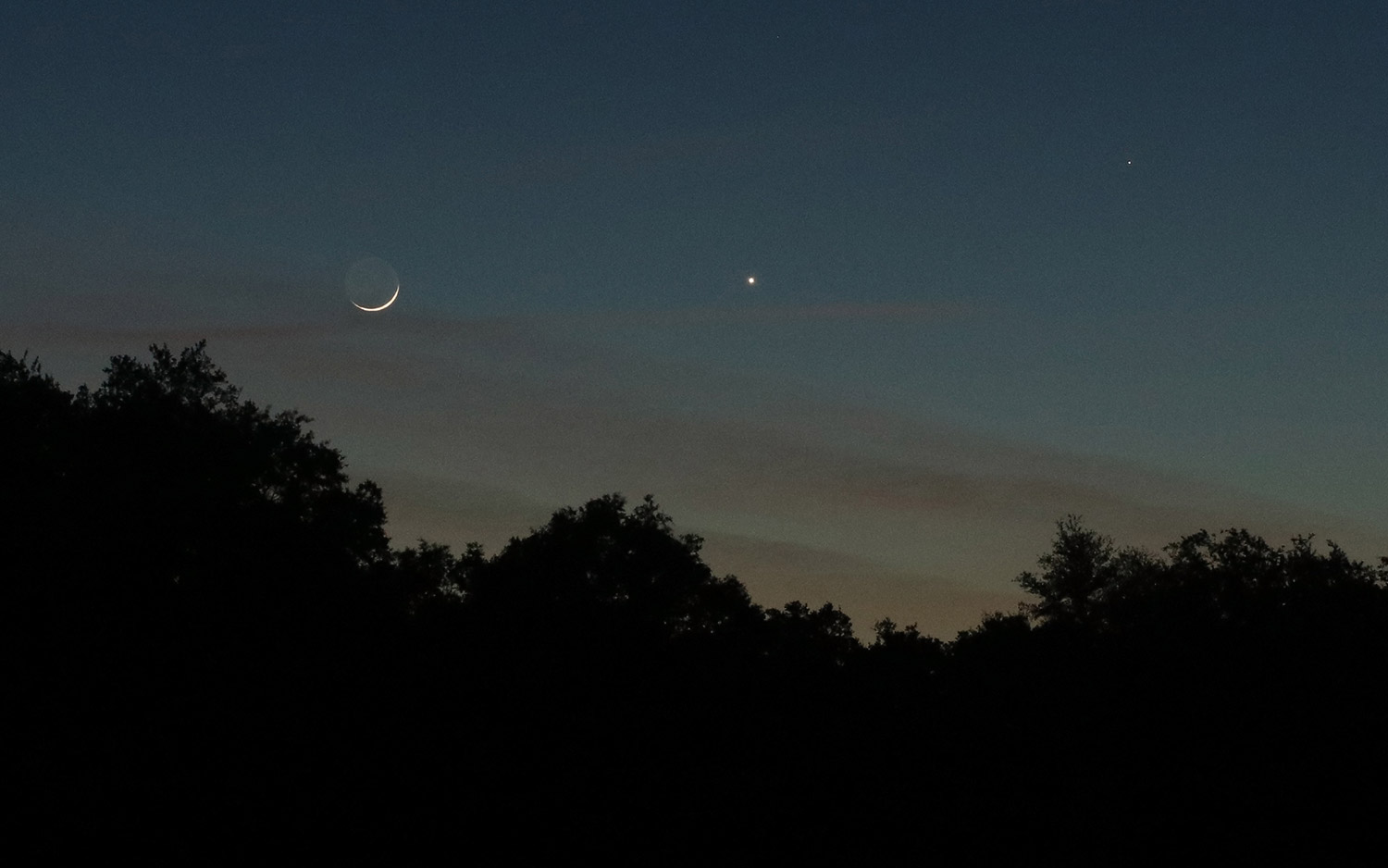
The crescent moon, Venus and Mercury form a nearly straight line in this photo Rogus took on the evening of March 18. The two planets were officially at conjunction the night before on March 17. [Capturing Venus: An Amateur Astronomer's Famous Moon Shot]
NGC 3717

A colorful sea of stars surrounds the spiral galaxy NGC 3717 in this deep-space image by astrophotographer Warren Keller.
A Bipolar Nebula
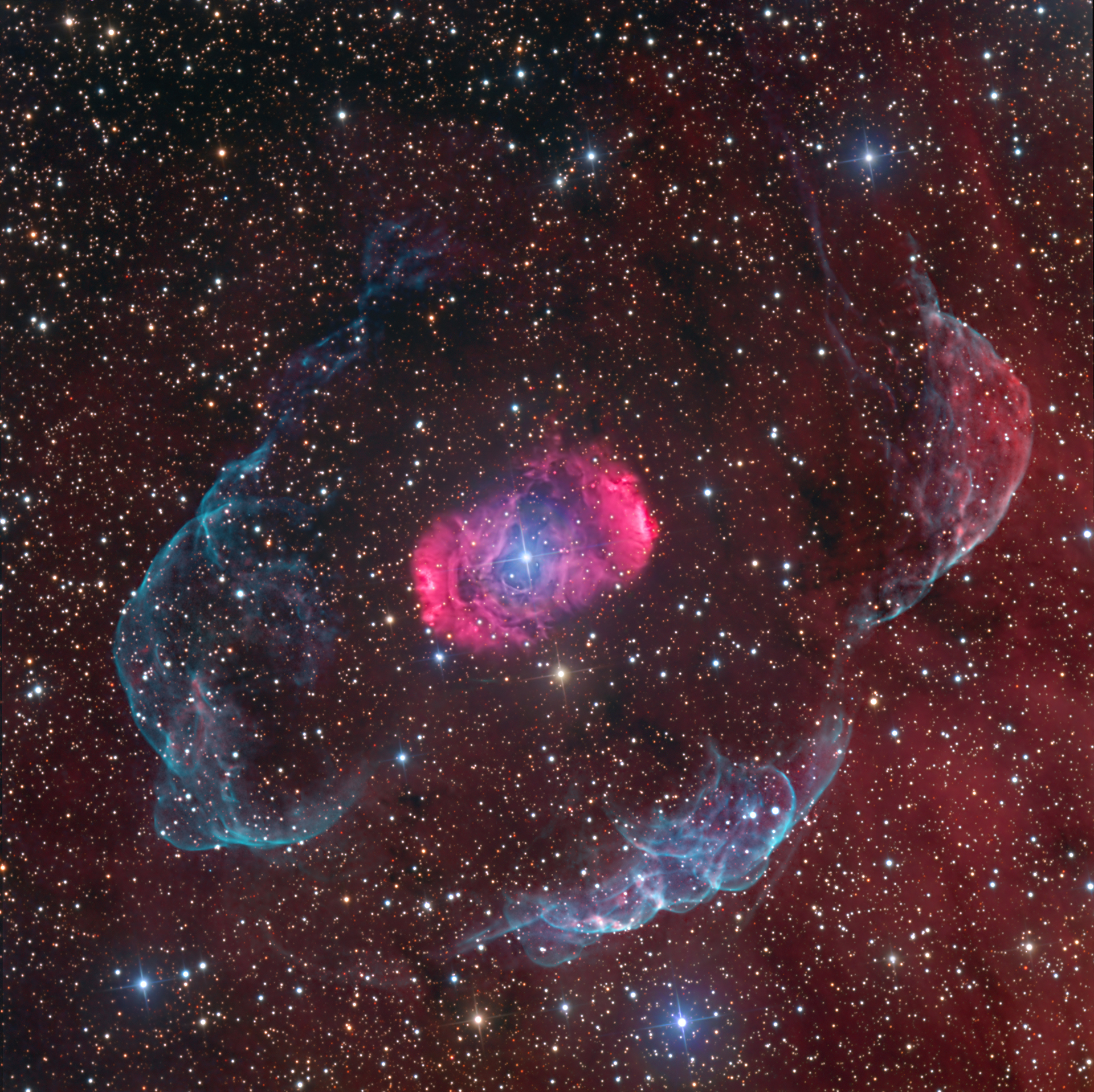
Located about 4,000 light-years away in the southern constellation Norma is the bipolar nebula NGC 6164/6165. The term "bipolar" means that it has an asymmetric, two-lobed appearance. Astrophotographers Warren Keller and Steve Mazlin created this image using data from the Star Shadows Remote Observatory.
The Heart Nebula
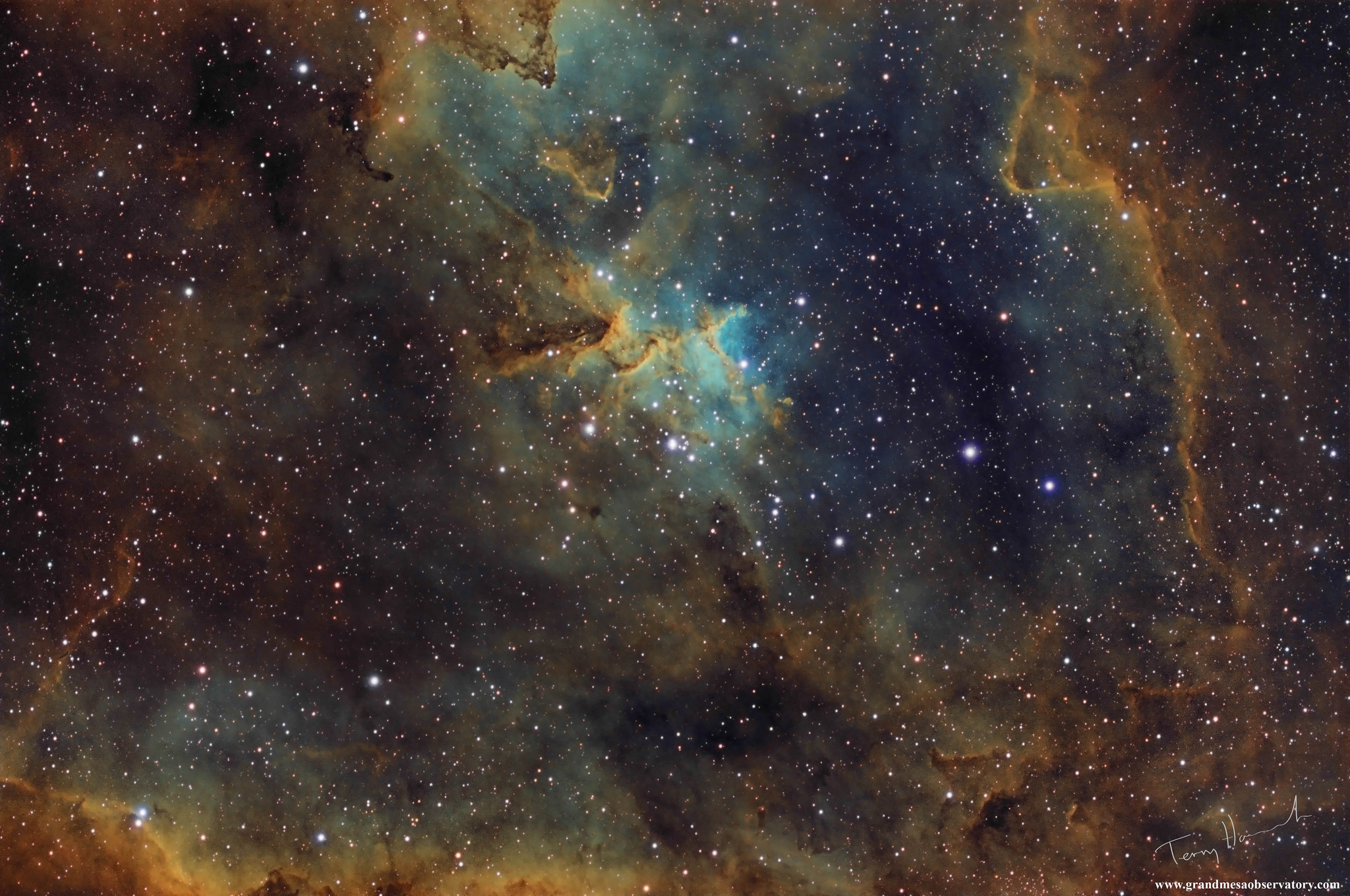
The colorful core of the Heart Nebula glows inside a shell of thick cosmic dust in this image by astrophotographer Terry Hancock. "The Heart Nebula shows the reddish glow of hydrogen atoms energized by bright stars that form inside this emission nebula. Lanes and patches of dark nebulae are also visible in the foreground of this star forming region of the Milky Way,” Hancock said.
Fisheye aurora
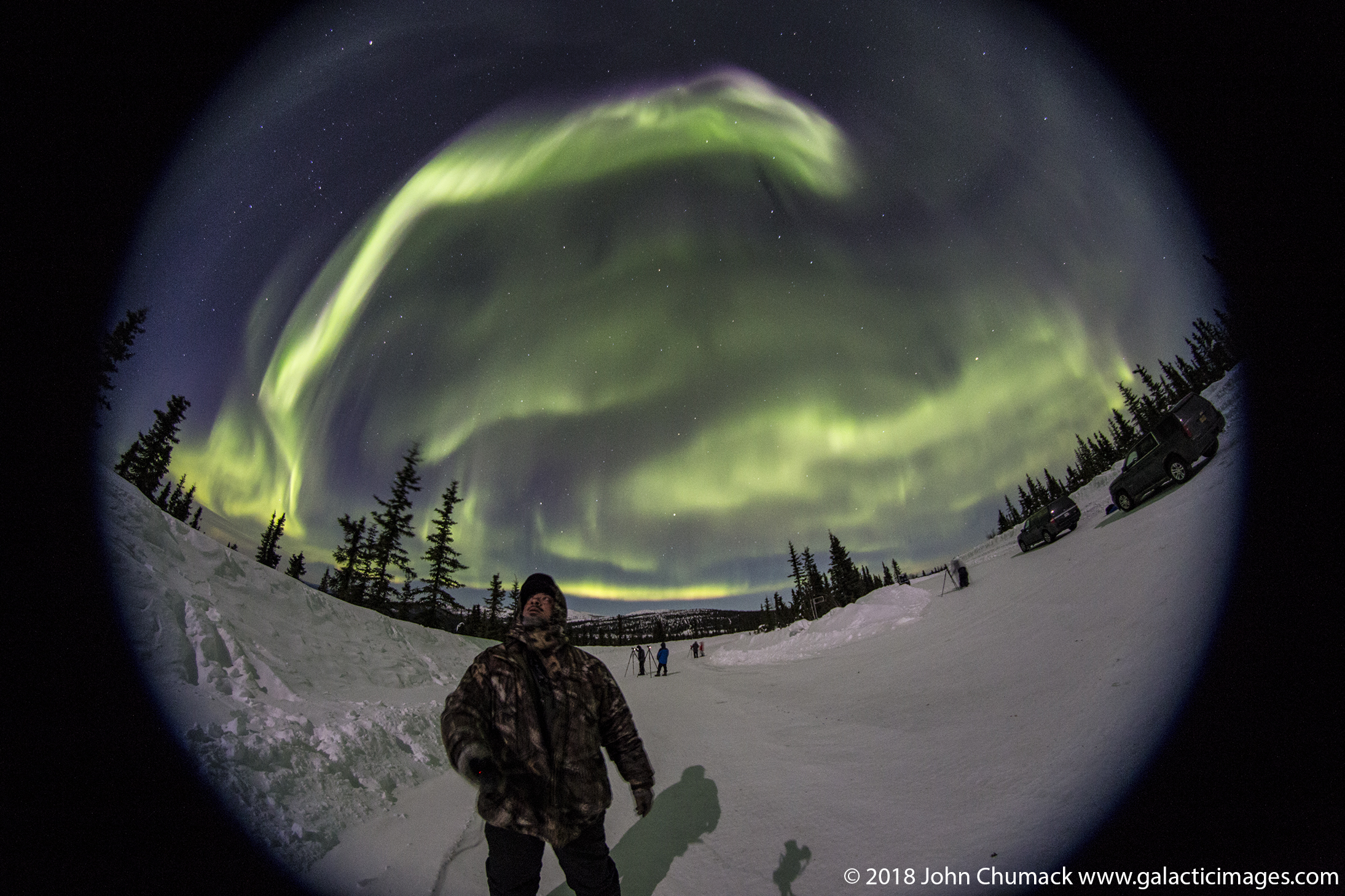
Auroras swirl over the White Mountains of Alaska in this far-out selfie by astrophotographer John Chumack.
Get the Space.com Newsletter
Breaking space news, the latest updates on rocket launches, skywatching events and more!
The Triangulum Galaxy
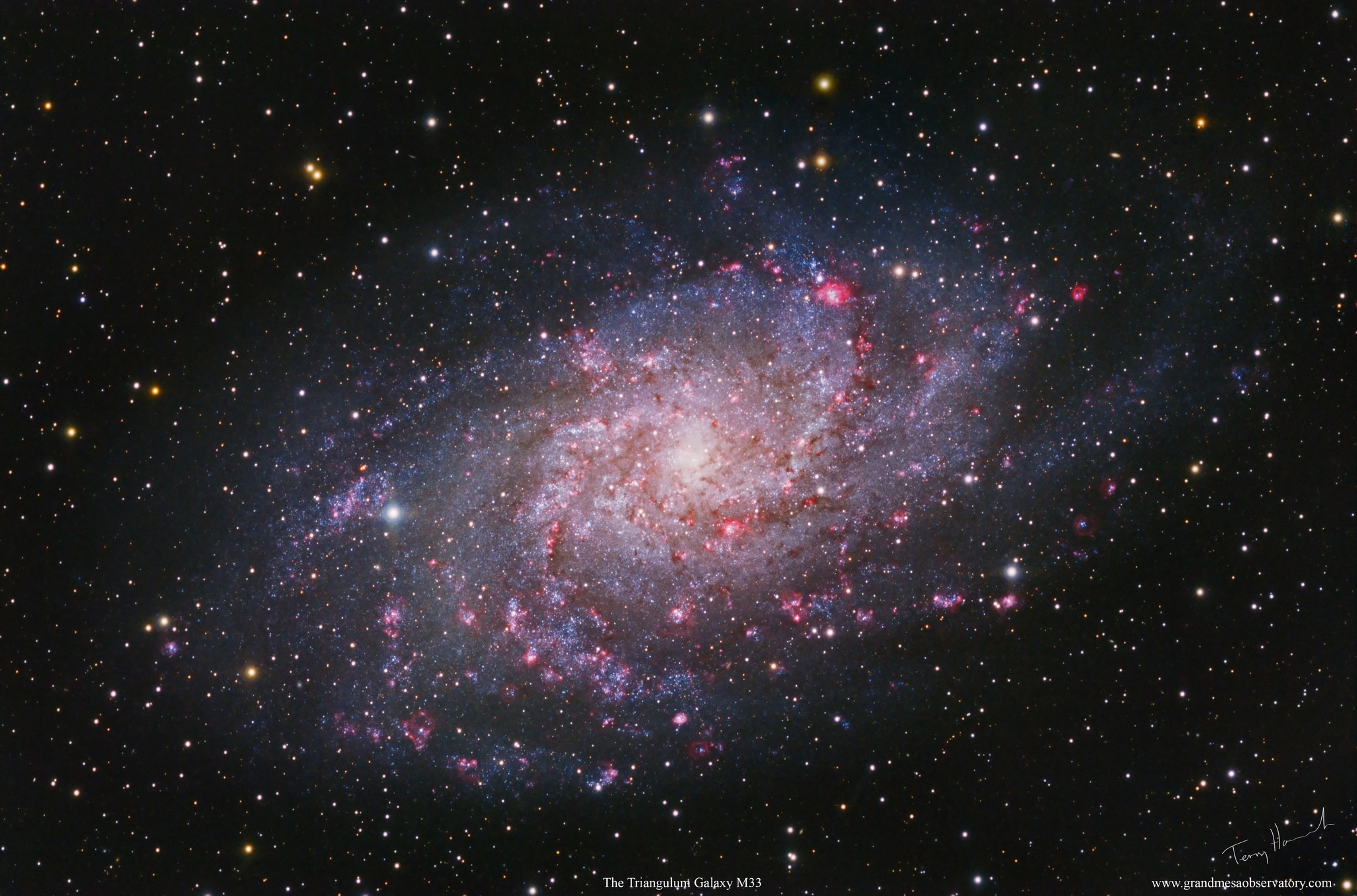
The Triangulum Galaxy, designated M33, shimmers in hues of purple, pink and red in this image by astrophotographer Terry Hancock.
A Croissant in Cygnus
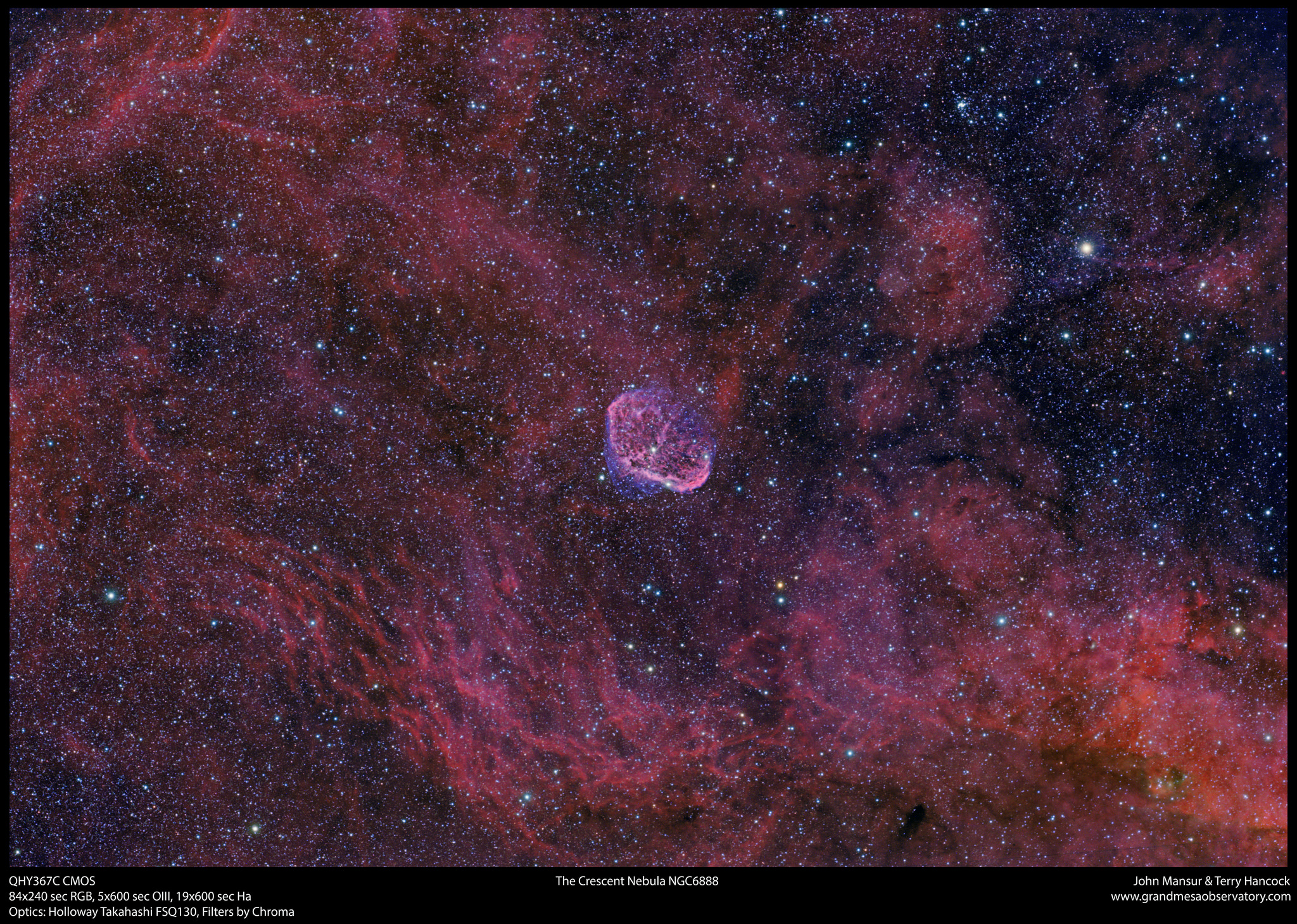
A cosmic croissant floats in the Cygnus constellation in this image by astrophotographer Terry Hancock. He and Col. John Mansur captured the image from the Grand Mesa Observatory is Purdy Mesa, Colorado.
The Bubble Nebula
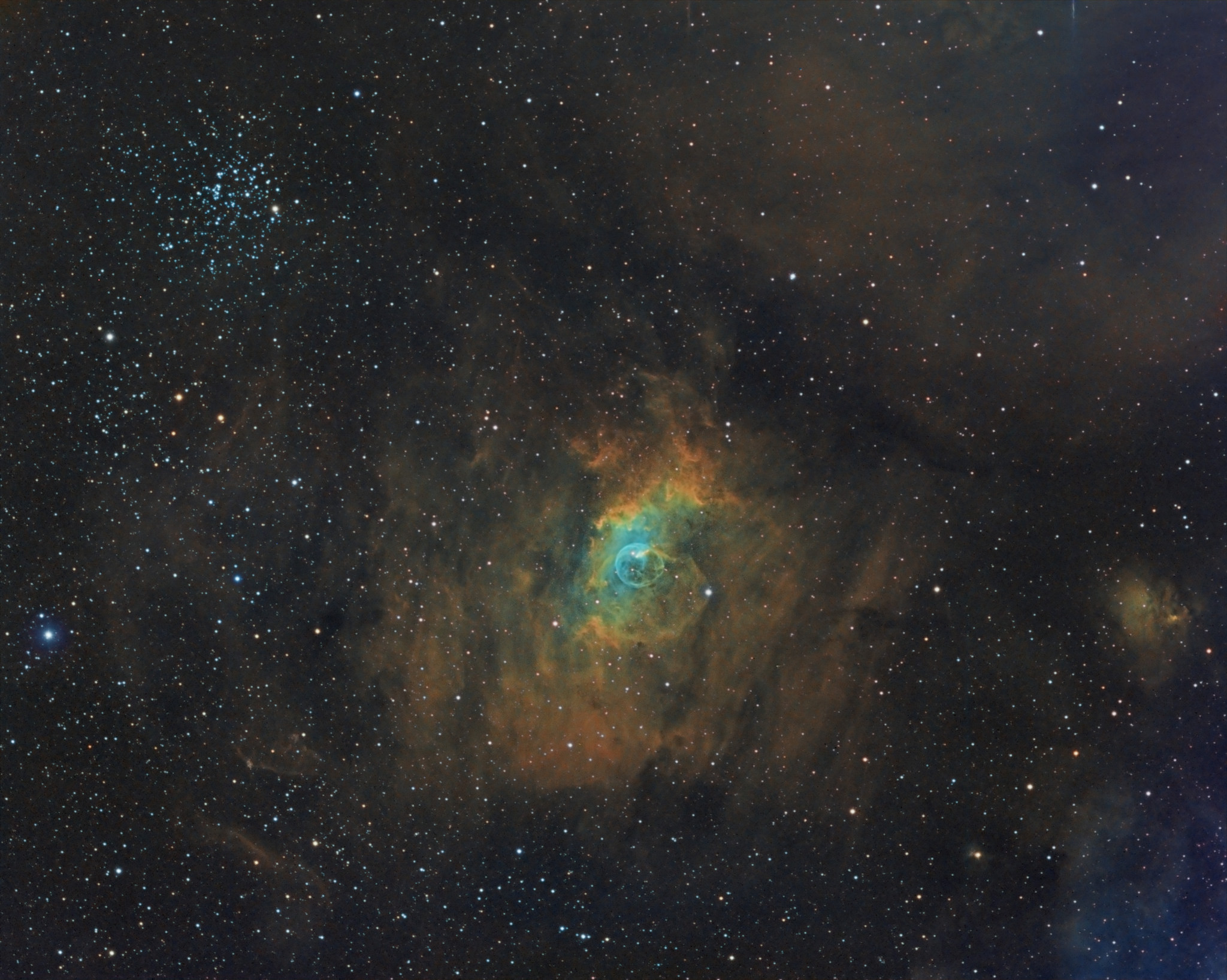
Looming in the center of this cosmic cloud is a spherical nebula called NGC 7635, also known as the Bubble Nebula. Astrophotographer Terry Hancock used a Hubble Space Telescope palette image and an LRGB image he captured from the Grand Mesa Observatory so create this view of the distant "bubble."
Join our Space Forums to keep talking space on the latest missions, night sky and more! And if you have a news tip, correction or comment, let us know at: community@space.com.

Hanneke Weitering is a multimedia journalist in the Pacific Northwest reporting on the future of aviation at FutureFlight.aero and Aviation International News and was previously the Editor for Spaceflight and Astronomy news here at Space.com. As an editor with over 10 years of experience in science journalism she has previously written for Scholastic Classroom Magazines, MedPage Today and The Joint Institute for Computational Sciences at Oak Ridge National Laboratory. After studying physics at the University of Tennessee in her hometown of Knoxville, she earned her graduate degree in Science, Health and Environmental Reporting (SHERP) from New York University. Hanneke joined the Space.com team in 2016 as a staff writer and producer, covering topics including spaceflight and astronomy. She currently lives in Seattle, home of the Space Needle, with her cat and two snakes. In her spare time, Hanneke enjoys exploring the Rocky Mountains, basking in nature and looking for dark skies to gaze at the cosmos.









